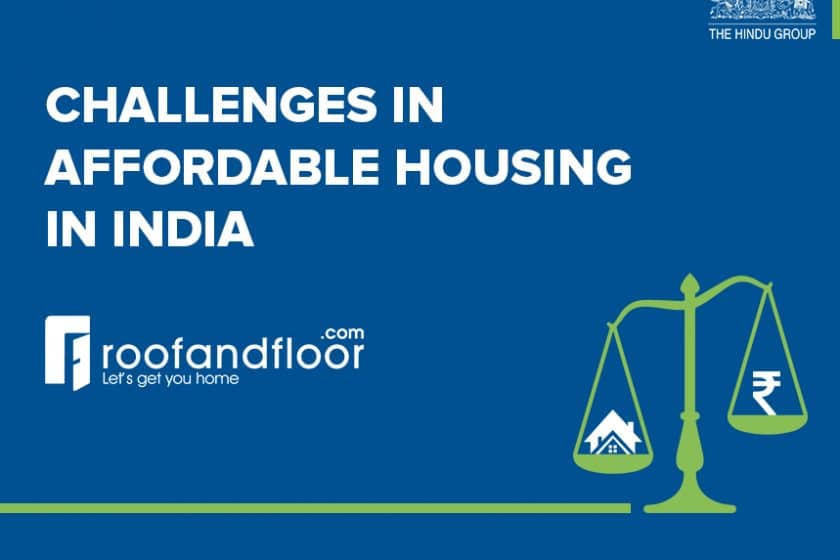By 2031, 600 million people are expected to make their home in urban India. Without any intervention, the housing deficit is expected to increase to 38 million units by 2030. According to reports, 95% of this deficit will affect people in the Economically Weaker Sections (EWS) and Lower Income Groups (LIG). A rising middle class will also feel the brunt of lack of housing options.
The Scheme
As per the India Government’s “Housing for All by 2022” scheme, 9 states have been identified and 305 cities and towns selected from these states for construction of affordable housing. The Scheme will target affordable housing for people belonging to the economically lower segment. The minimum size of these units has been revised to 30 sq. metres. The Government aims to build 2 crore new units in the next 7 years. Monthly EMIs will be reduced from Rs 6,632 to Rs 4,050 for loans with a tenure of more than 15 years. An interest subsidy of 6.5% on housing loans will be provided to EWS/LIG categories.
The Housing for All scheme is ambitious; and has to overcome certain roadblocks before becoming a reality. We discuss some of these challenges below.
Lack of affordable land
Affordable land within city limits is impossible to find. If developers do find land, the cost is quite high and developers cannot build affordable homes unless the government provides adequate subsidy.
Connectivity
In the face of lack of land, the obvious options for development are usually along the peripheral limits of cities. This makes commuting to the heart of the city an expensive affair for people. Also, lack of infrastructure and public transport options outside city limits make it unviable to live on the periphery.
Financial expertise
As it stands, financing options are more suitable for upper middle class and high income groups. The economically lower sections are often at a disadvantage in terms of being able to navigate through the procedure of financing homes. Additionally, they are plagued with constraints like lack of stable income, no collateral and uncertainty about repayment.
Gestation and approvals
On an average, a housing project takes over 6 years for completion. Bureaucracy and red tapism easily amount to a couple of years of seeking approvals. Delayed clearances from the government impacts development and discourages builders from considering the same.
Cost of ownership
Given that there are additional costs such as including VAT, service tax, stamp duty and so on, the cost of ownership is intimidatingly high for buyers belonging to the lower income segment.
Construction technology
The current technology used for project development is not capable for what is clearly the need of the hour – high speed construction.
Inadequate long-term funding
Absence of adequate long-term funding means that several rounds of funding are required for one project. This increases the time taken as well as the cost of capital. Also, funds to acquire land is not available from banking sources.
Currently, there is a huge gap in supply and demand for affordable housing units. A growing middle class and rising urbanisation is driving the demand for affordable housing. If the government can work towards addressing the above structural concerns, there is optimism that the affordable housing sector will see certain growth.
This article is written by Nisha Achuthan. Nisha is a content strategist who eats, sleeps and breathes marketing. She is an avid follower of real estate news and is fascinated by all things architecture.

